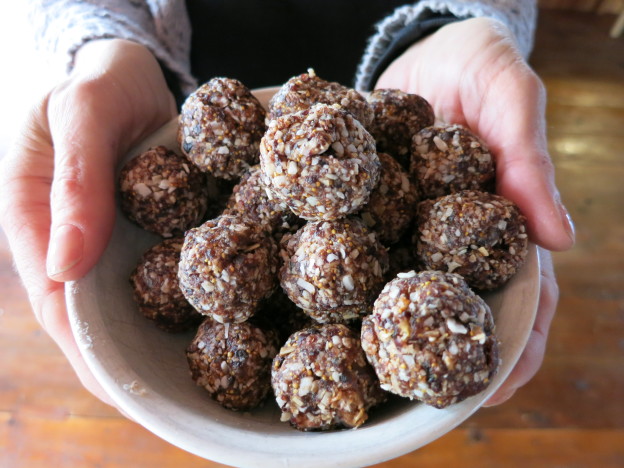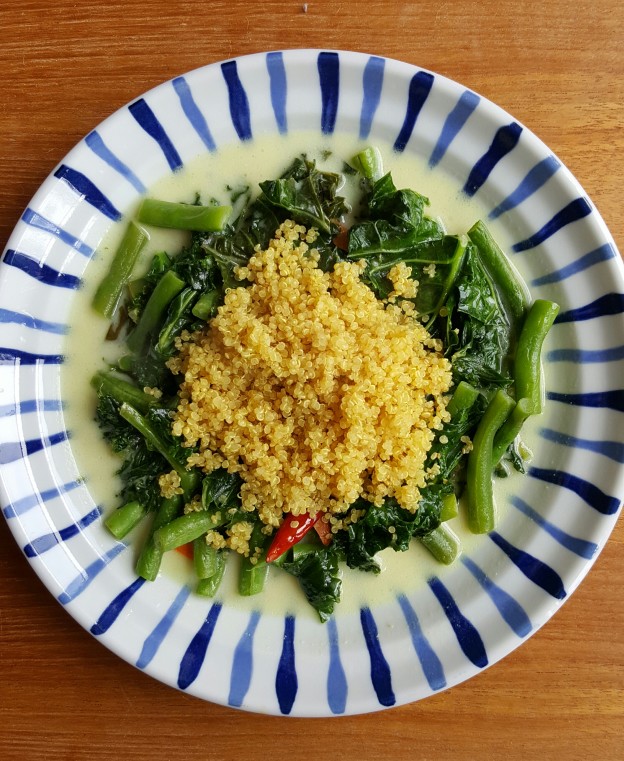As a health coach, chef, and someone who has gone through my own health struggles, I’ve seen that learning to cook is one of the most important things a person can do for their health. It can be intimidating, and there’s lot of reasons not to do it. It’s easy to fall into a pattern of buying prepared foods and eating out. If that’s what you want to do, that’s totally cool. But, I have a feeling that if you’re reading this, you know that it’s not the best option for you.
In case you need some more convincing, here are some of the reasons cooking is so important:
- When you eat out, you never know what it is in your food or how it has been prepared. You can get a basic idea, but you can’t see what’s happening in that kitchen.
- It’s less expensive. The cost of eating out or ordering take out can pile pretty darn high. Just look at how much you spent on eating out in the past month. You can make great meals for yourself at a fraction of the cost.
- Prepackaged foods are often high in sugar and salt. These foods are highly inflammatory and contribute to our countries epidemic of hearth disease, diabetes and other ailments.
- For me (and I know it’s not everyone, but I have faith that you can get there!), cooking is therapeutic. It’s a way to focus the mind and to feel connected to what is nourishing your body. Many people view it as a form of meditation and a way to decompress.
- It’s a great creative outlet. If you’ve seen Instagram or Pinterest, you also know it’s a form of art. It can be a fun way to express your creativity and make something beautiful.
- If you are dealing with any sort of health issue, food literally can be your medicine. If you learn how to use it properly, you can improve almost any health issue dramatically.
If you have the desire to cook, but feel overwhelmed with the idea, here are my words of wisdom:
1. Cooking is a learned skill.
First of all, I hear ya, I really do. I was in the same boat at one point. Cooking, just like anything else, is something you have to learn. A lot of us weren’t taught how to cook by our parents. And unless we went to culinary school, we weren’t taught in middle school, high school or college. The first step is to realize that cooking is a learned skill like any other.
2. You’re not going to be great at it right away.
Well, some of you may be, but for most of us there’s a learning curve. There are endless possibilities with cooking. I remember when I started getting into gluten free baking. At first, I was really terrible at it. I had no idea what the difference was between coconut powder or coconut flour. How was I supposed to know? The first few times you try something new you might screw it up. Just like if you try skiing for the first time. You will probably fall a few times before you get the hang of it. Be easy on yourself and don’t give up!
3. Keep it simple.
Steaming veggies or making a whole grain like brown rice or quinoa is a great place to start. Experiment with one or two different spices and play with different styles of cooking like boiling, steaming, braising and roasting. You don’t have to be fancy about cooking. The simplest foods are often the best.
Remember, no one was born knowing how to speak, walk or cook! You may not know how to cook now, but that means nothing about the future. It’s your choice.
So, what next?
- Go to the supermarket and pick up one new food (preferably a vegetable!).
- Look up some a simple recipe or just experiment. If it tastes bad, you’ll know what not to do next time! Remember, it’s all learning.
- Check out Facebook, Pinterest or Instagram and find some feeds that inspire you to try new foods and preparations. You can find me @simplysamanthanyc. Try one new thing per week or month. There’s no need to rush.
- Find some short cooking videos on YouTube. You can learn about so many things, from raw food to Indian cuisine! If you find yourself really liking it, enroll in an online class or public class at a culinary school. If you feel like you need a little more help, think about a private class.
- Enjoy! If you’re not enjoying your food, start over. Food is meant to nourish us, from start to finish.
Sending you lots of love.
Samantha



